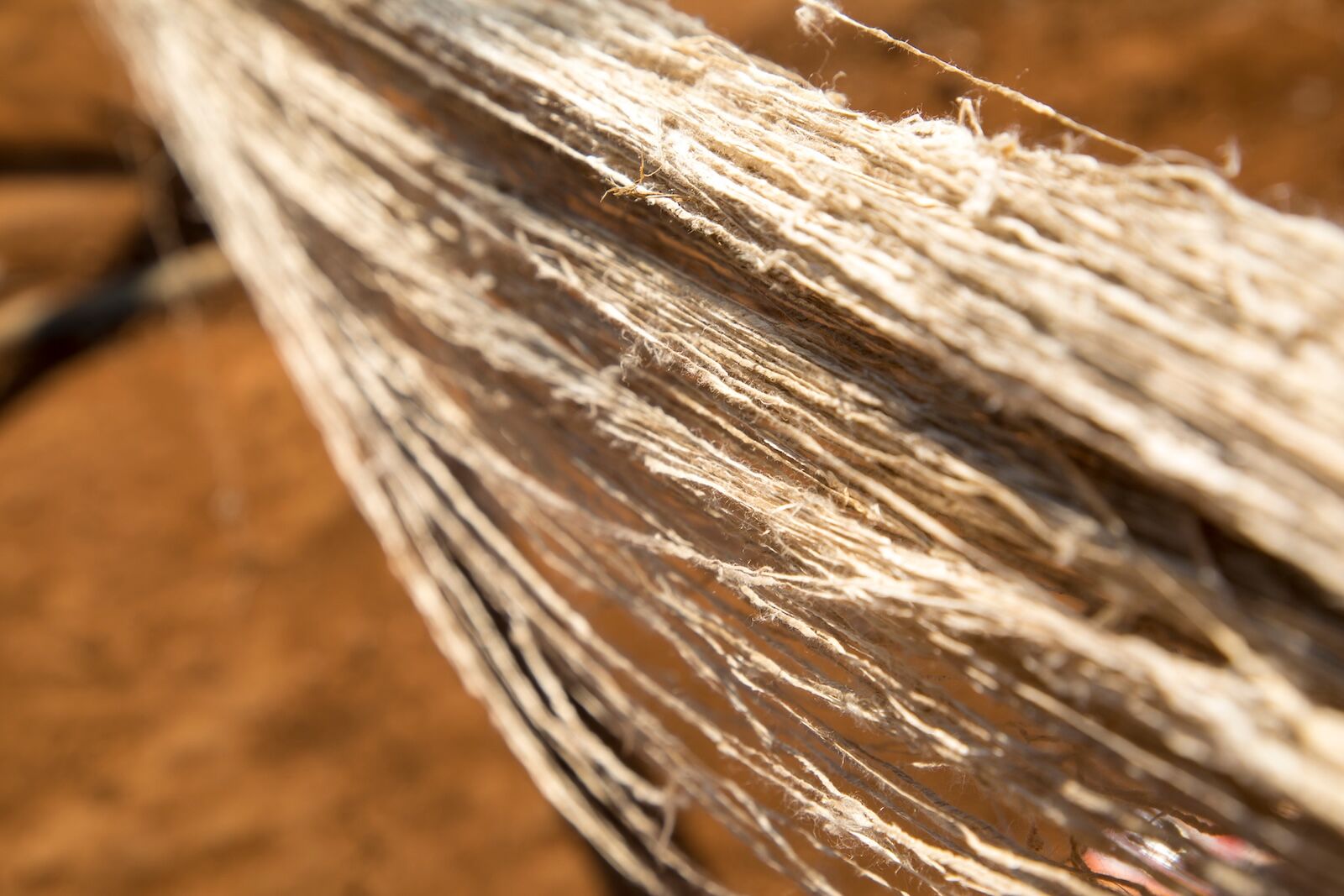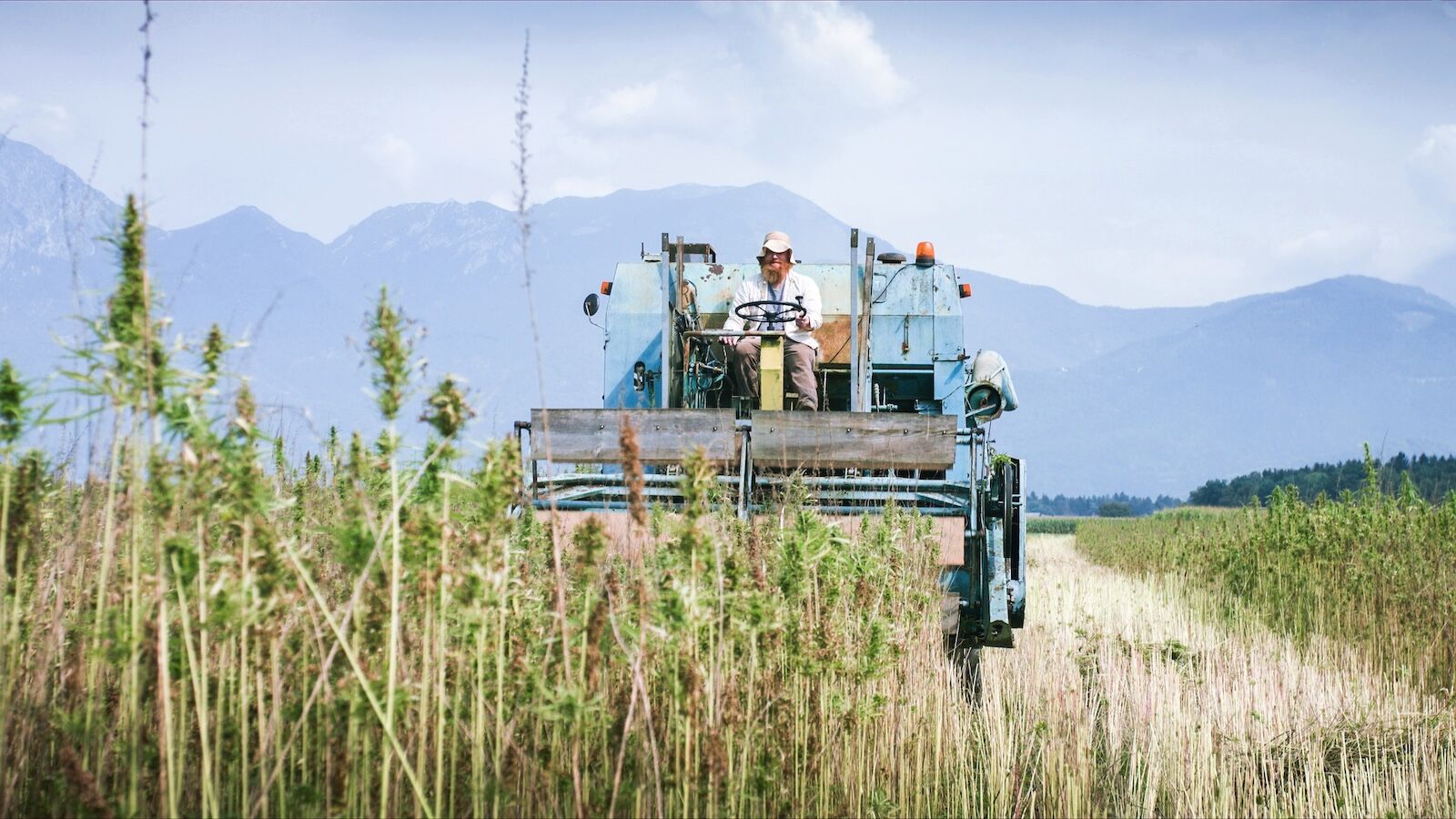The Outdoor Market Alliance in the suburbs of Denver is a hub for many of the top brands in the outdoor apparel and gear industry. During the summer media show in 2024, I was overwhelmed with the quality of goods new and old, ranging from climbing equipment, to clothing, to camping gear and more. As I spoke with brand leaders, a bit of a throughline started to emerge: sustainability without sacrificing performance quality is goal number one.


Why Your Favorite Outdoor Apparel and Gear Brands Are Increasingly Turning to Hemp
And to achieve that, many brands are increasingly turning to hemp.
The reasoning seemed obvious when I brought this up to a representative with Royal Robbins. Fabrics made with hemp and hemp blends are antimicrobial and stronger than cotton. It has similar heat regulation as merino wool in that it it’s breathable and moisture-wicking in the heat, and insulating in the cold. I’ve worn a Royal Robbins hemp-blend button up more times than I’d like to admit over the following months on hikes, trail runs, and nights out. It lives up to the claims.
Hemp is not a new material by any means, and it’s not like anyone was hiding the benefits. Patagonia has used hemp for some of its workwear products since 1997. It has been a relatively hard source material for brands to access, however, thanks to laws around growing, production, and sourcing in the United States that weren’t changed until 2018. In the half-decade since, hemp has started to become the popular choice for what you put on when you head to the outdoors.
A brief history of hemp use
Cannabis cultivation started about 12,000 years ago — about the same timeline as agriculture itself — researchers from six countries found in a 2021 study on the genomes of wild and cultivated cannabis samples from around the world. Archaeological findings support this, as hemp-cord impressions found on pottery in South China and Taiwan can be traced back just as far.
Unlike previous case studies that pointed to Central Asia as the original home of the plant, the study of the gene pool indicated cannabis plants were first domesticated in what is now China and it served a dual purpose of being cultivated for the psychoactive and medicinal effects, as well as for the fibers for textiles and rope. The plant traveled west with nomadic peoples and along the Silk Road trade routes into the Middle East and Europe some 4,000 years ago. Farmers over time selectively bred the plant into one category that produced better fibers, and another that had higher intoxicating cannabinoids like THC. The former had more of a stronghold in the West. Ancient Romans and Greeks used hemp for industrial purposes, and the tradition passed down over millennia in Europe. Colonists helped spread the plant to the Americas during the Age of Exploration.
Over this time, hemp has been used for myriad purposes when durable and reliable textiles were required: ropes, sails, wagon covers, clothing for soldiers in both world wars. The list goes on.

Photo: SOMSAK 2503/Shutterstock
The famous taxonomist Carl Linnaeus listed just one cannabis species, Cannabis sativa, in 1753. Jean-Baptiste Lamarck argued the plants from India were different enough to qualify as a separate species, Cannabis indica, in 1785, and a third type from Russia adapted to short growing seasons, Cannabis ruderalis, was labeled in 1924. Modern research has shown that these are all the same Cannabis sativa species with different subspecies.
That’s the science. Laws made around the world have different thoughts about classification of the species. In the United States, for example, all forms of the cannabis plant were labeled an illegal Schedule 1 drug in the 1970s during the start of the War on Drugs, despite hemp’s centuries-long history dating back to the first European colonists who landed on the East Coast. Even George Washington had a hemp farm.

Photo: MAR007/Shutterstock
Recently, hemp has had a revival. The 2018 Farm Bill opened the floodgates and reclassified hemp as a legal version of the plant as long as it has a THC “concentration of not more than 0.3 percent on a dry weight basis.”
That helped spark new interest across multiple industries — including the companies making top-of-the-line performance clothing and gear.
The strong sustainability case for hemp
Hemp’s historic popularity through pre-recorded history is due to its durability. Growers harvest the plants and isolate the long stems, then soak the plant to remove the pectins and break down plant tissues. The treated stems are broken down further to separate the fibers from the woody core, and the former is combed out and spun into threads.
Durability is still an important factor for outdoor brands championing their use of hemp. Synthetic materials, however, can be even more durable. Where synthetics—as well as natural materials like cotton—can’t compete is on the sustainability front.
Hemp is natural and biodegradable, unlike synthetics that stick around in landfills for an untold amount of time. It also doesn’t need the massive influx of chemicals to produce, isn’t derived from petroleum, and won’t shed microplastics like the most popular synthetics in use today.

Photo: 24K-Production/Shutterstock
Compared to cotton, hemp is as easy to grow as, well, weeds. Hemp takes about 108 days to reach harvest versus 150 to 180 days for cotton. Cotton requires a heavy dose of pesticides due to its more finicky nature: cotton farms use 11 percent of the world’s pesticides despite covering just 2.4 percent of cropland. Hemp is less fussy and can grow in poorer soils without the need for nutrient correctives. This also means it can be grown closer to textile production zones, decreasing the carbon footprint from shipping that’s seen with cotton.
Though cotton makes up a small percent of the total land used for crops, it still takes up a notable amount of space compared to the output results. One study found hemp can produce the same amount of fibers as a cotton farm on a parcel of land one-third the size. The same study also noted that cotton needs 2.5 times more water than hemp, and hemp costs one-twelfth the amount of cotton for the same yield.
Test it for yourself: Brands making performance gear and clothing with hemp
You don’t have to look too hard to outfit yourself with goods that use hemp or hemp blends (while durable, hemp fibers aren’t exactly the softest without special treatment). Hemp is starting to be recognized as a prime outdoor performance gear material for more than just textiles, too. The Leki Hemp One Vario trekking pole, which uses a hemp fiber shaft instead of aluminum and carbon, won the outdoor industry ISPO Award in 2023.
Even shoes benefit. Salewa created its Alpine Hemp collection in 2017 and hemp plays an important role in the company’s impressive sustainability bona fides. The company uses hemp fibers as part of the soles of select shoe lines to reduce the use of synthetic materials without losing durability and bounce. If the Alpine Hemp collection is good enough for the elite climbing, hiking, and trail running athletes that swear by Salewa’s hemp, it’s probably more than adequate for your needs.
Whether you need to replenish and replace your gear or you’re looking for a gift for that sustainability minded friend who is always pushing things in the outdoors, you can’t go wrong with one of these collections:
- Royal Robbins Hemp Collection
- Salewa Alpine Hemp Collection
- Patagonia Hemp Line
- Maloja Clothing (look for the Hemp Stretch designation)
- Astral Performance Hemp
- Various brands on REI